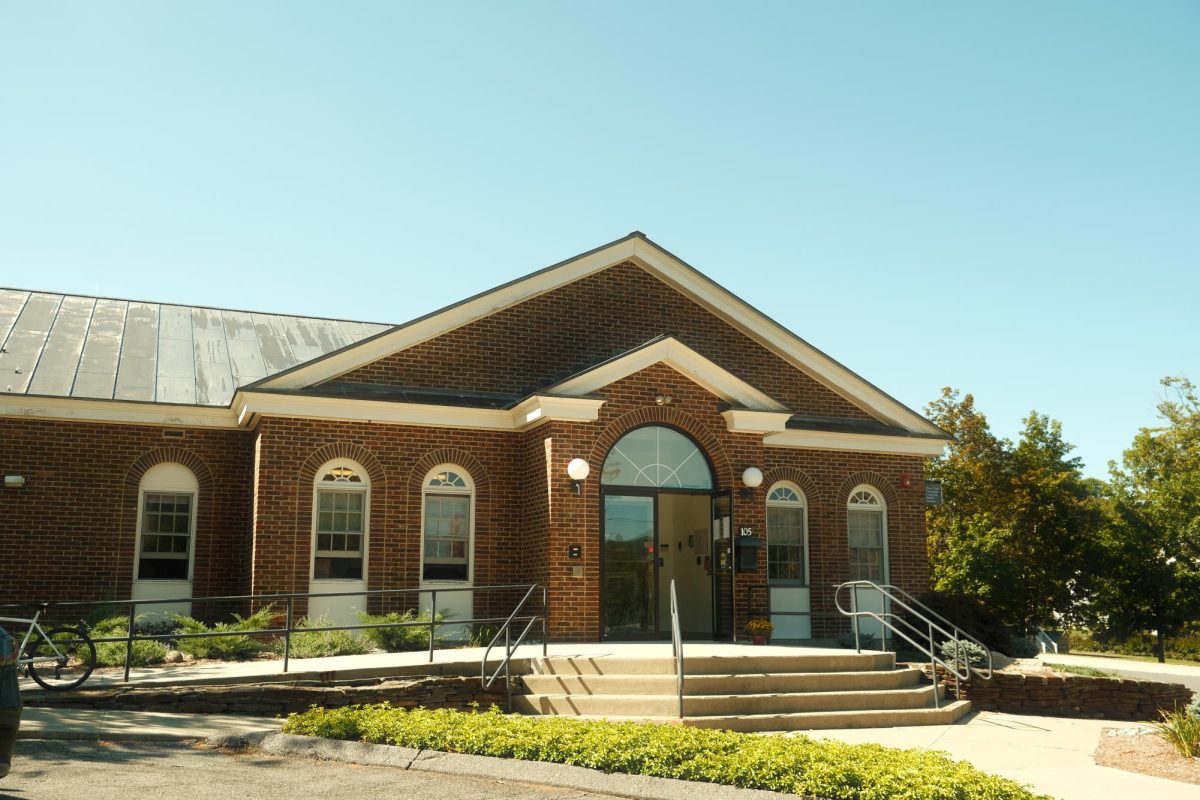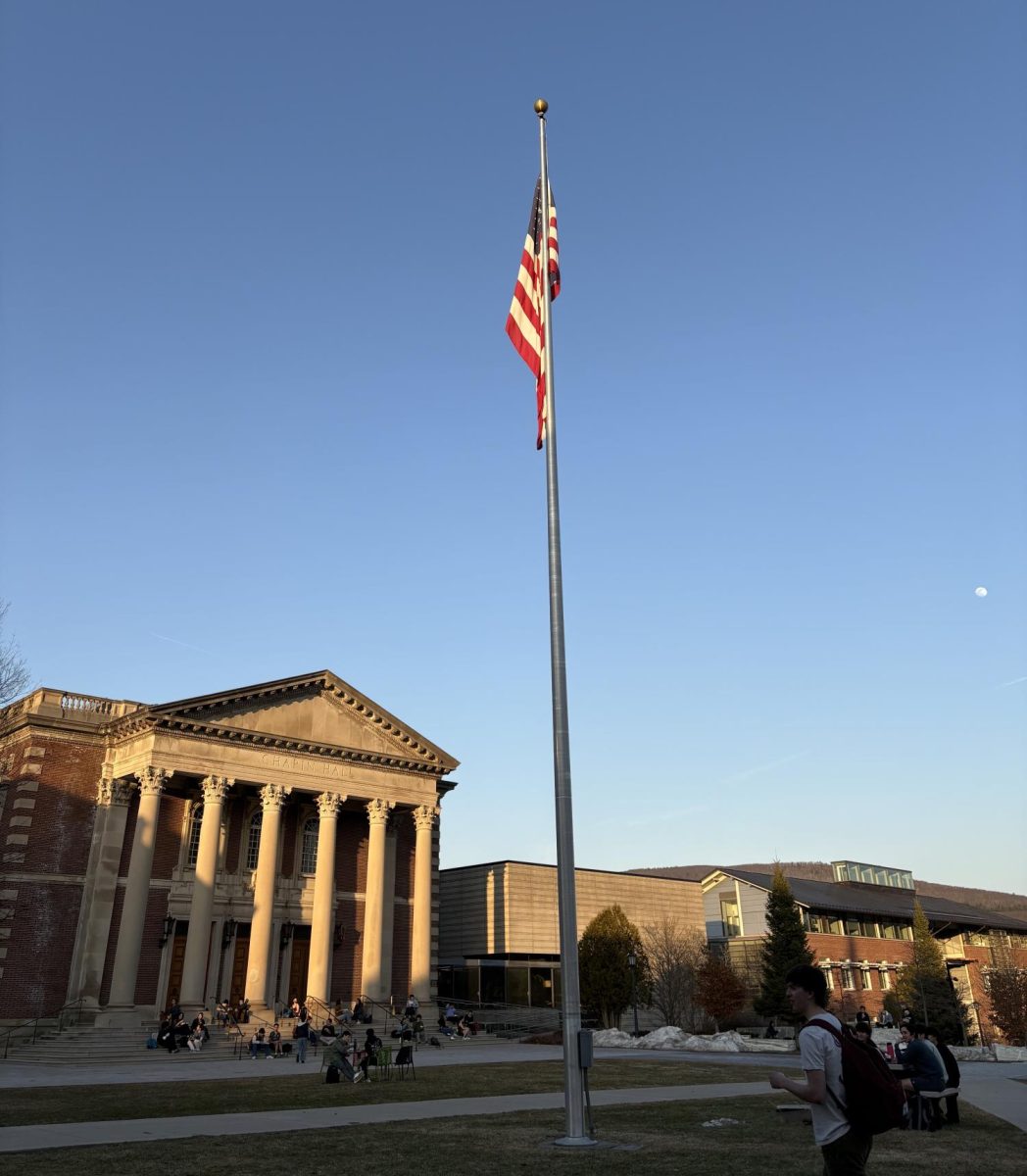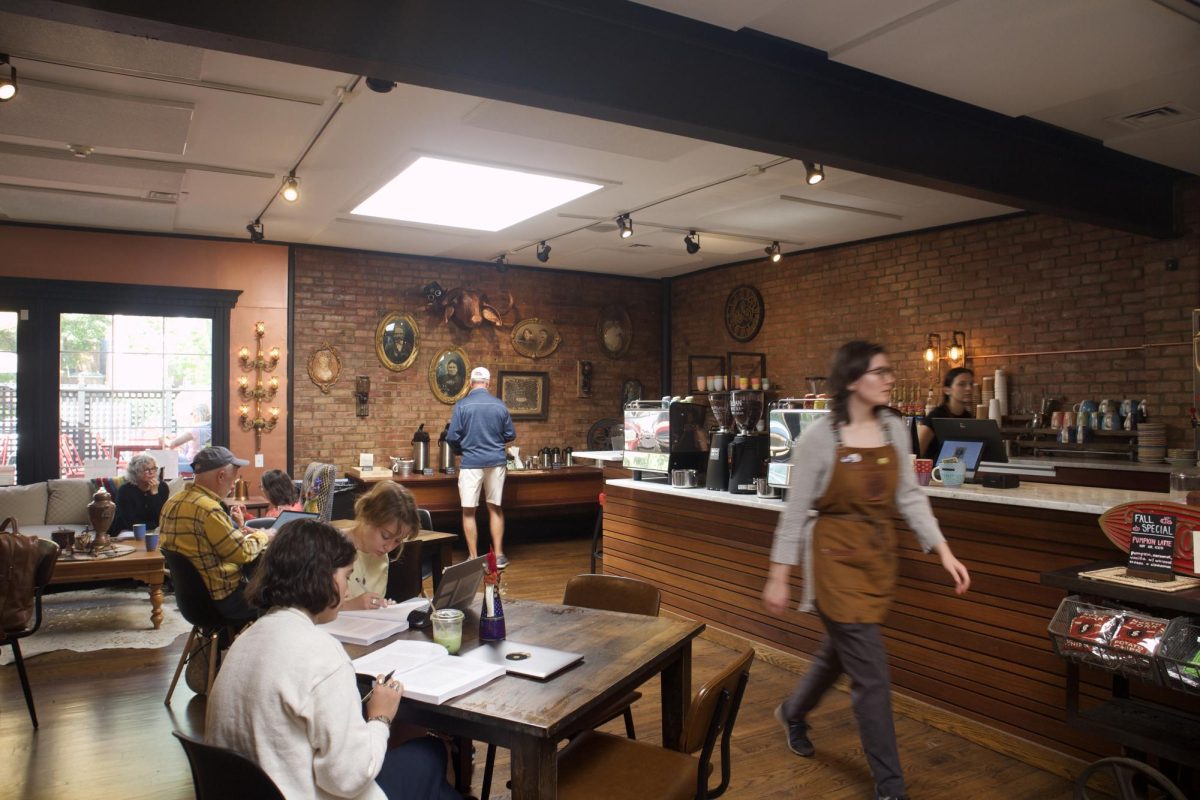College begins 20-month campus planning project
November 3, 2021
|
The College has launched a campus planning project, a 20-month process that aims to establish values and guidelines for future building projects and includes the input of external consultants, students, faculty, staff, and Williamstown residents. “The campus plan will be rooted in a set of planning principles, guiding principles that incorporate elements of the strategic plan as they re- late to the physical environment,” said Keenan Chenail, project manager for the College’s Office of Planning, Design, and Construction. He added that the campus plan intends to bridge the connection between physical space and student life. “It’s really important to note that the physical environment on campus is one of the largest tangible shapers of someone’s experience,” Chenail said. To help with the plan, the College hired Sasaki, a consulting group that specializes in architecture and urban design. Sasaki has collaborated with other colleges and universities, including Dartmouth and Middlebury, where it has designed residential halls, athletic facilities, and other buildings. Chenail and Tyler Patrick, a Sasaki consultant, noted that the plan aims to address specific problems with how space is used. For instance, they said that the plan may explore how the lack of campus life facilities on Hoxsey Street affects student life, or how to improve access to buildings like Driscoll Dining Hall. Future campus construction projects also have a limiting factor: space. The campus plan is intended to ensure that the limited space left available for the College’s campus expansion is fully maximized, according to Chenail, as the campus now has strict boundaries. “We have to be extremely deliberate and comprehensive in our approach to future building choices, because the impact that those buildings have, has increased over time as that space has gotten smaller,” Chenail said. With these limitations in mind, the planning committee said it is focusing on specific features to create the strongest plan possible. “We think about sustainability, accessibility, equity, inclusion, [and] we’re really thinking about all of those aspects as being interwoven throughout the plan,” Patrick said. Patrick noted, however, that the pillars were in flux and subject to evolve based on the input of the student body and Williamstown community. G.L. Wallace, director of accessible education, has participated in a few discussions with Chenail and Sasaki consultants about accessibility in future plans, which he said he believes will allow the College to be more proactive rather than reactive to accessibility needs. Wallace also noted that many of the College’s existing physical structures don’t follow the spirit of accessibility laws, if even the letter of the law. However, he said he has noticed a positive change in administrative attitudes and feels more confident the College will involve students and his team in planning processes. Gwyn Chilcoat ’24, one of two students on the plan’s Steering Committee, said that she is particularly passionate about working towards a physical space that acknowledges the College’s historical roots. “Priorities that I have brought to the table have been sort of historical awareness and how we can use institutional history and campus memory to make campus a more welcoming space,” Chilcoat said. Additionally, Chilcoat said that the planning team looks forward to hearing the perspectives of the student body. “They’re super excited about talking to students, and really, really actively looking for ways to do that,” she said. The campus team has sought community input through Zoom town halls last spring, tabling at dining halls this fall, and an online map-based survey. The team still hopes to connect with many more groups; Chenail said the team has already identified over 200 groups it wants to meet with. As a result, the team is still in the process of collecting and analyzing data from focus groups and community members, but Patrick says the hope is to have a “preferred direction” of the plan by spring 2022 to revise over the summer. It aims to present its findings publicly by next fall. Chenail stressed that the campus plan is a broad vision for the future, not any type of definitive action. “This process is not tied to any sort of current financial decisions associated with the College,” Chenail said. “You know, the outputs are actionable, but not on a specific project. The goal of this is to come out with these guiding principles that will allow us to develop the built environment … in a more cohesive fashion moving forward.” |
|








